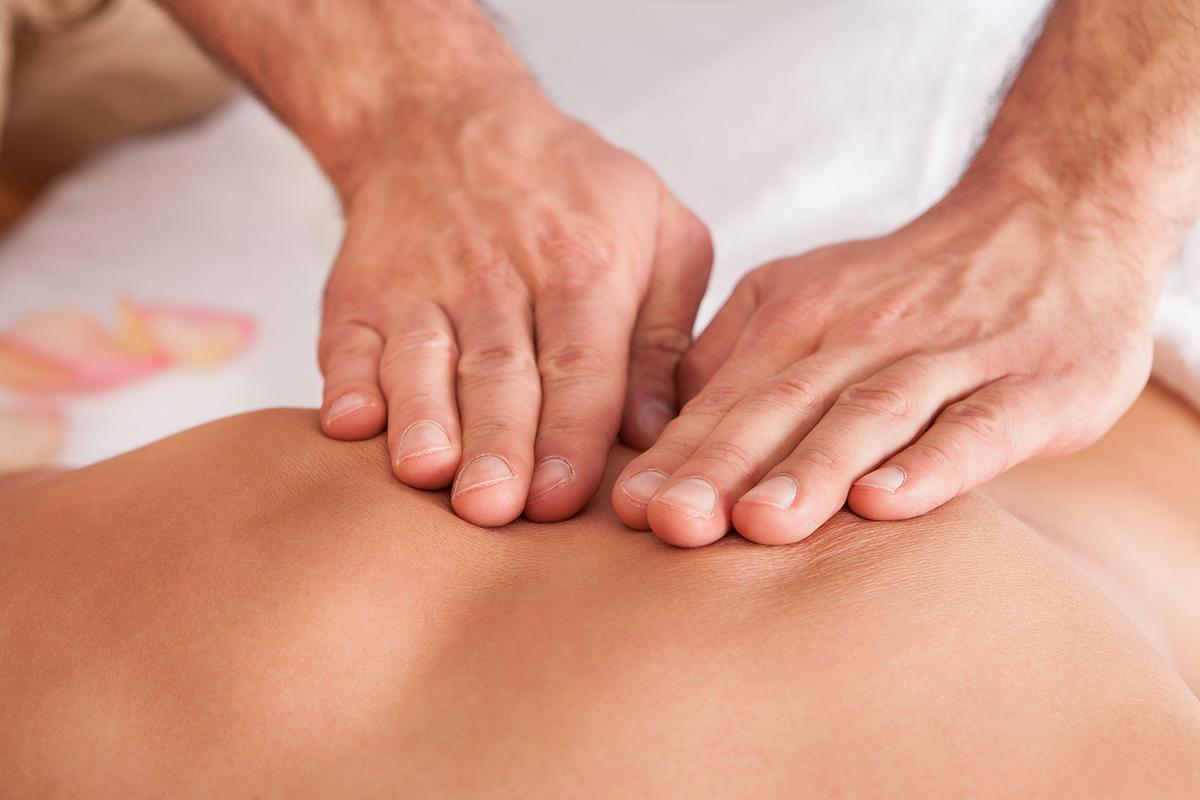
SWEDISH MASSAGE
This is a gentle form of massage that uses long strokes, kneading, deep circular movements, vibration and tapping. This is also combined with movement of the joints. By relieving muscle tension, Swedish therapy can be both relaxing and energizing. And it may even help after an injury.
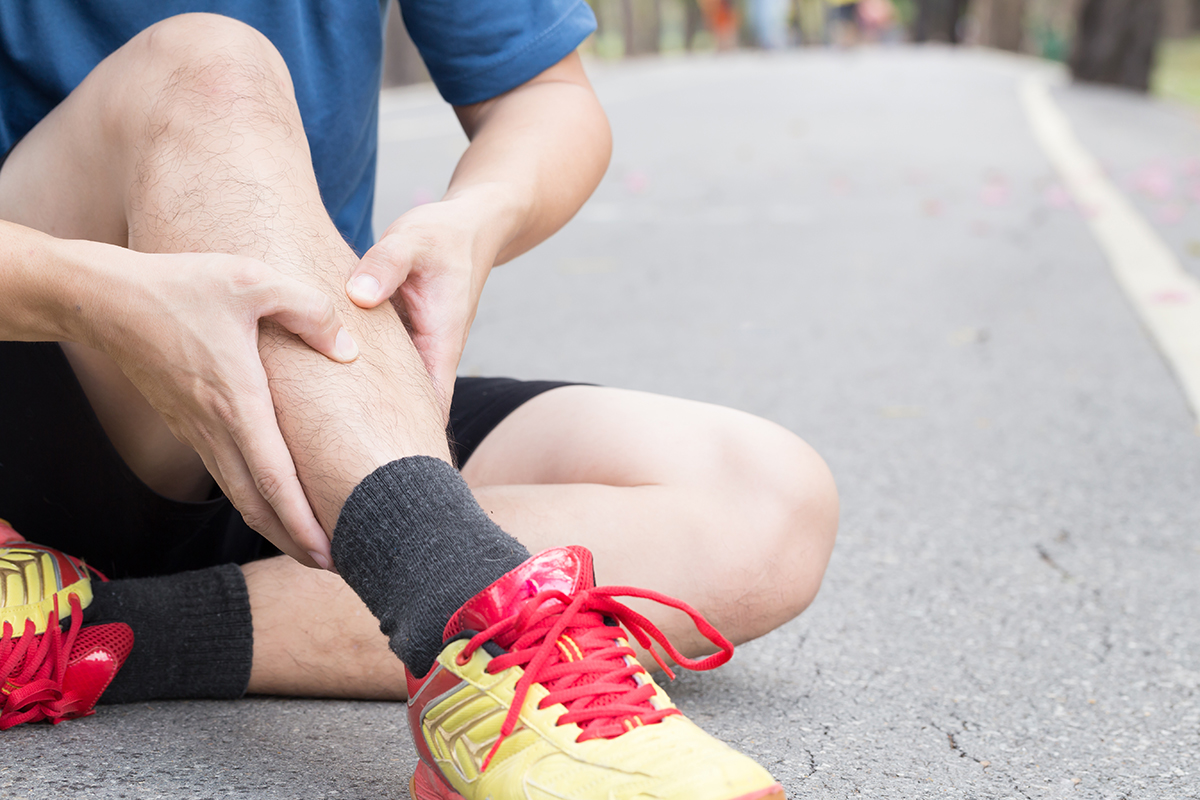
SPORTS MASSAGE
This is similar to Swedish massage, but it’s geared toward people involved in sport activities to help prevent or treat injuries. Sports massage uses a variety of approaches to help athletes in training — before, during, or after sports events. This form of massage can be used to promote flexibility and help prevent injuries, or, it may help muscle strains, aiding healing after a sports injury.
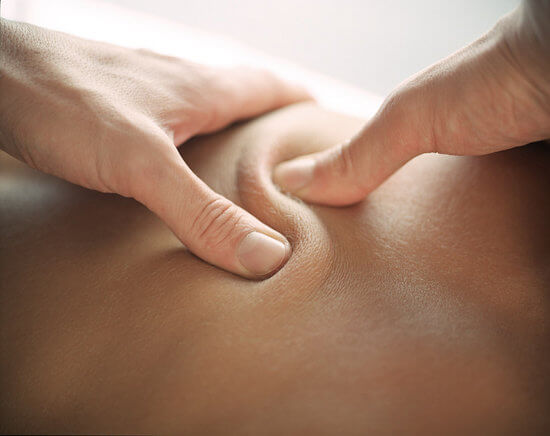
DEEP TISSUE MASSAGE
This massage technique uses slower, more-forceful strokes to target the deeper layers of muscle and connective tissue, commonly to help with muscle damage from injuries. Deep tissue massage is best for giving attention to certain painful, stiff “trouble spots” in your body. The massage therapist uses slow, deliberate strokes that focus pressure on layers of muscles, tendons, or other tissues deep under your skin. Though less rhythmic than other types of massage, deep tissue massage may be therapeutic — relieving chronic patterns of tension and helping with muscle injuries, such as back sprain.
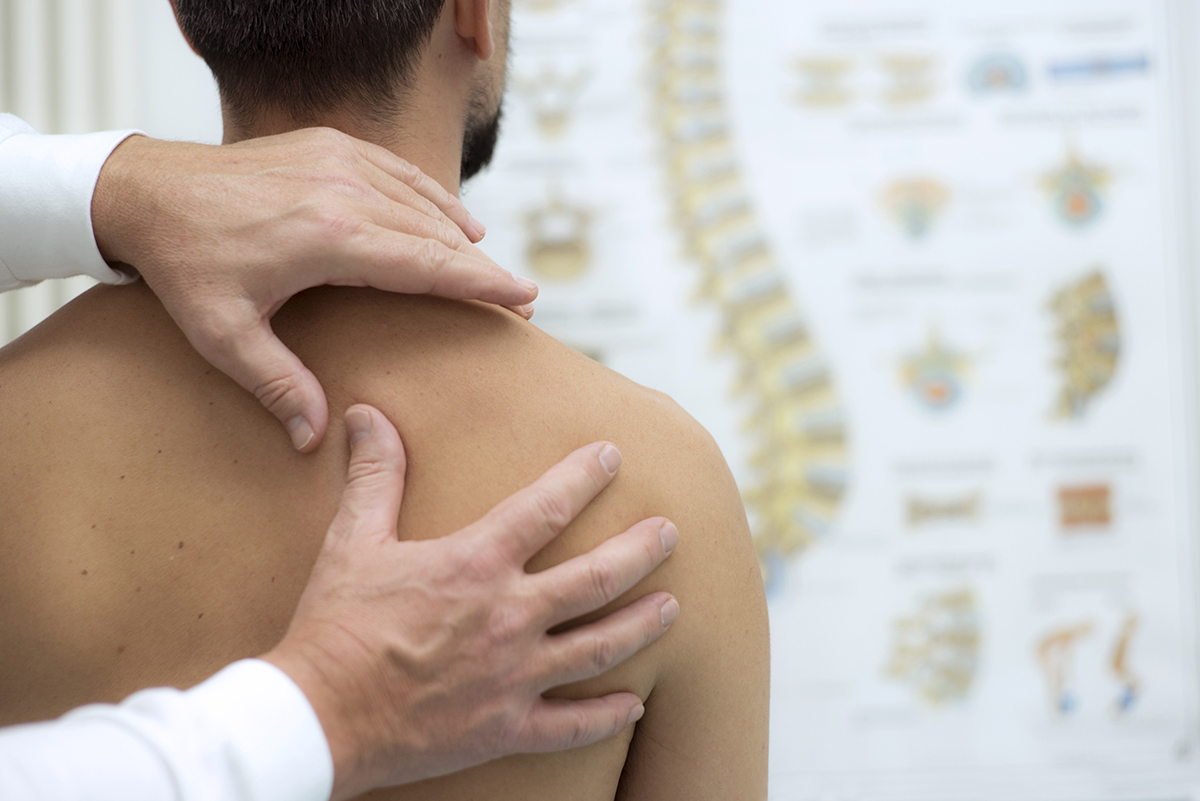
MYOFASCIAL RELEASE THERAPY
Start here: “Myofascial, is a word that means muscle tissue and the ‘myo’ refers to the connective tissue surrounding and inside the ‘fascia.’ When the muscles gets stressed or injured they form ‘trigger points,’ which are like contracted knots that lead to tightness and pain.
Myofascial release applies sustained pressure on targeted areas of connective tissue (fascia) that surround your muscles and bones. This pressure is meant to release the restriction in the connective tissue so that you have greater range of motion and less pain. The massage therapist, who is trained in myofascial release, maintains pressure for three to five minutes at a time in the targeted area. Using steady pressure is the key. The fibers must be allowed sufficient time to soften and stretch. No lubricant is added to the skin so the therapist can locate and release the areas of connective tissue that are restricted.
Each Myofascial Release Treatment session is performed directly on skin without oils, creams or machinery.

Trigger Point Massage
This massage focuses on areas of tight muscle fibers (trigger points) that can form in your muscles after injuries or overuse. Trigger Points in the Myofascial are an highly common cause of pain. When pressed on, trigger points can be very painful, causing a shortening of the muscle fibers, leading to something called “referred pain”. Referred pain means that a trigger point in one muscle can affect or create pain in another area. For instance, a shoulder trigger point can refer pain up the side of the neck, leading to a headache.
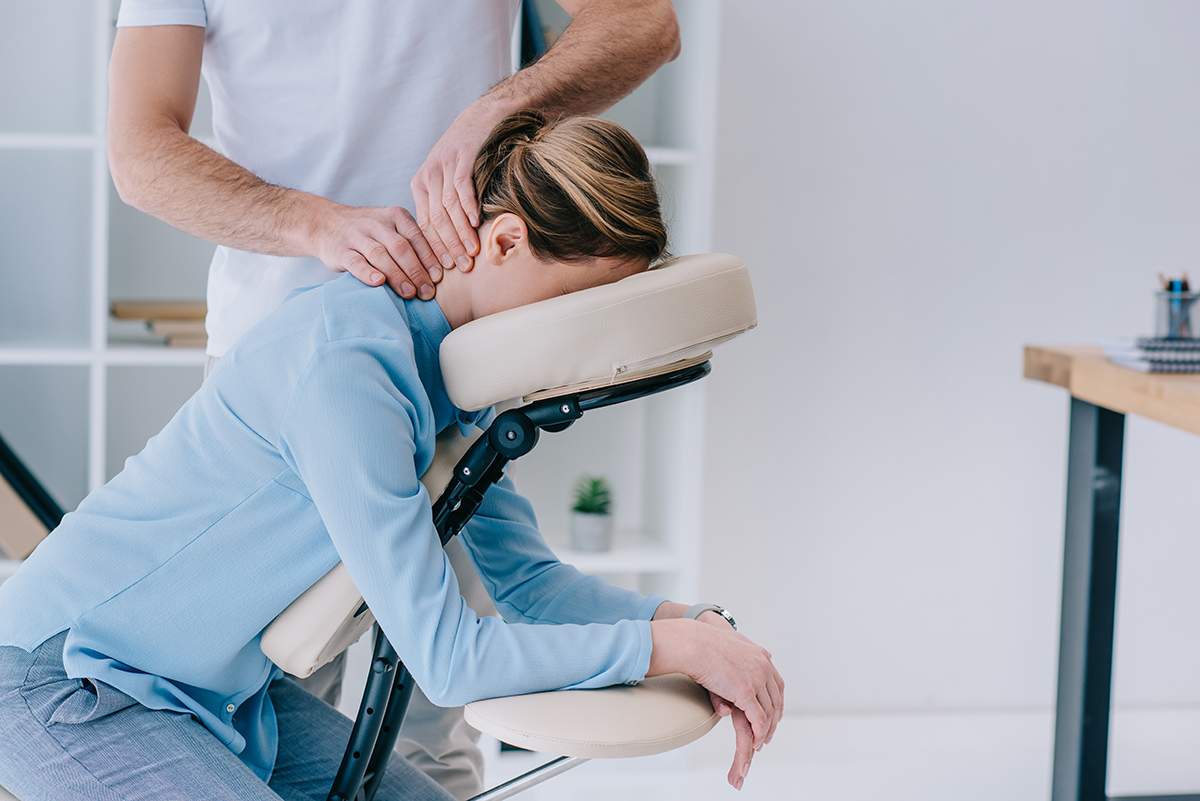
CHAIR MASSAGE (mobile service for events)
Onsite chair massages are done while you’re seated fully clothed in a portable, specially designed chair. They usually involve a massage of your neck, shoulders, back, arms, and hands.
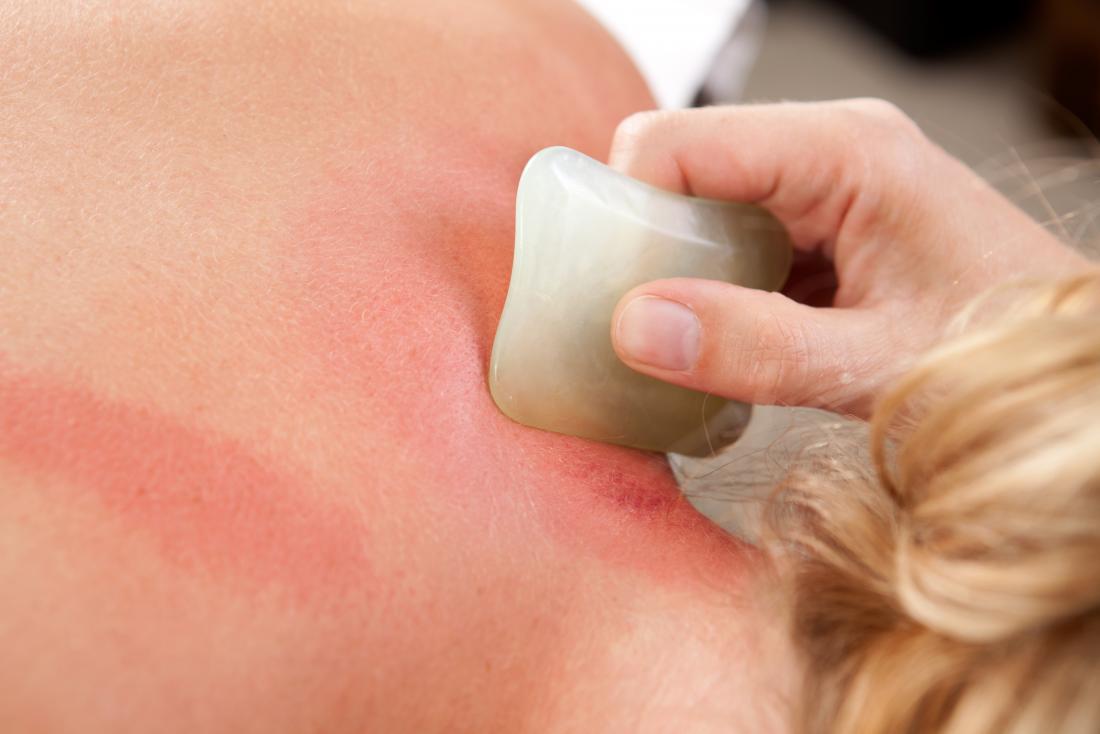
GUA SHA MASSAGE
Gua Sha is a natural, alternative therapy that involves scraping your skin with a massage tool to improve your circulation. This ancient Chinese healing technique may offer a unique approach to better health, addressing issues like chronic pain.
In Gua Sha, a technician scrapes your skin with short or long strokes to stimulate microcirculation of the soft tissue, which increases blood flow. They make these strokes with a smooth-edged instrument known as a Gua massage tool. The technician applies massage oil to your skin, and then uses the tool to repeatedly scrape your skin in a downward motion.
Gua Sha is intended to address stagnant energy, called chi, in the body that practitioners believe may be responsible for inflammation. Inflammation is the underlying cause of several conditions associated with chronic pain. Rubbing the skin’s surface is thought to help break up this energy, reduce inflammation, and promote healing.
Gua sha is generally performed on a person’s back, buttocks, neck, arms, and legs. A gentle version of it is even used on the face as a facial technique. Your technician may apply mild pressure, and gradually increase intensity to determine how much force you can handle.
